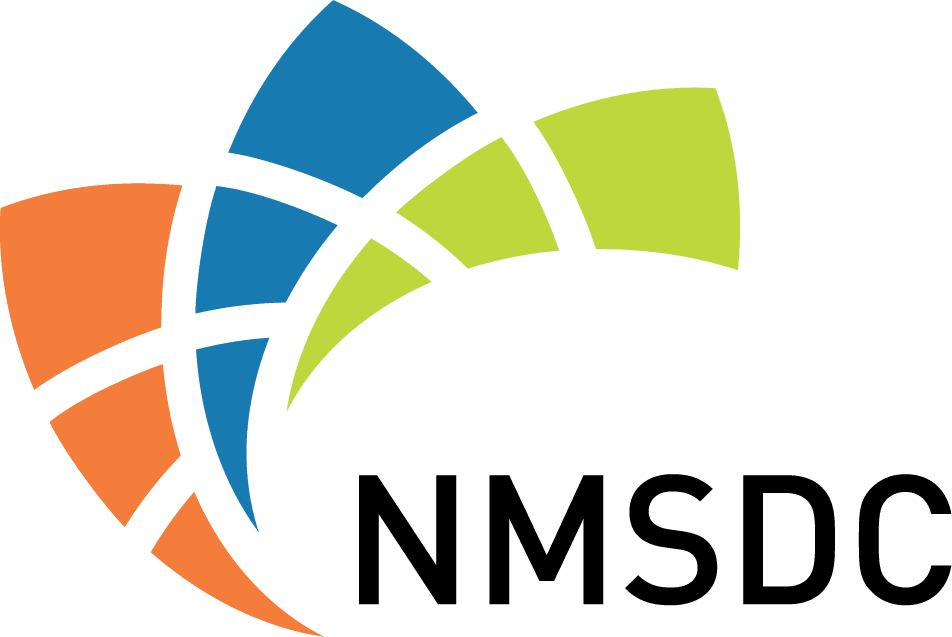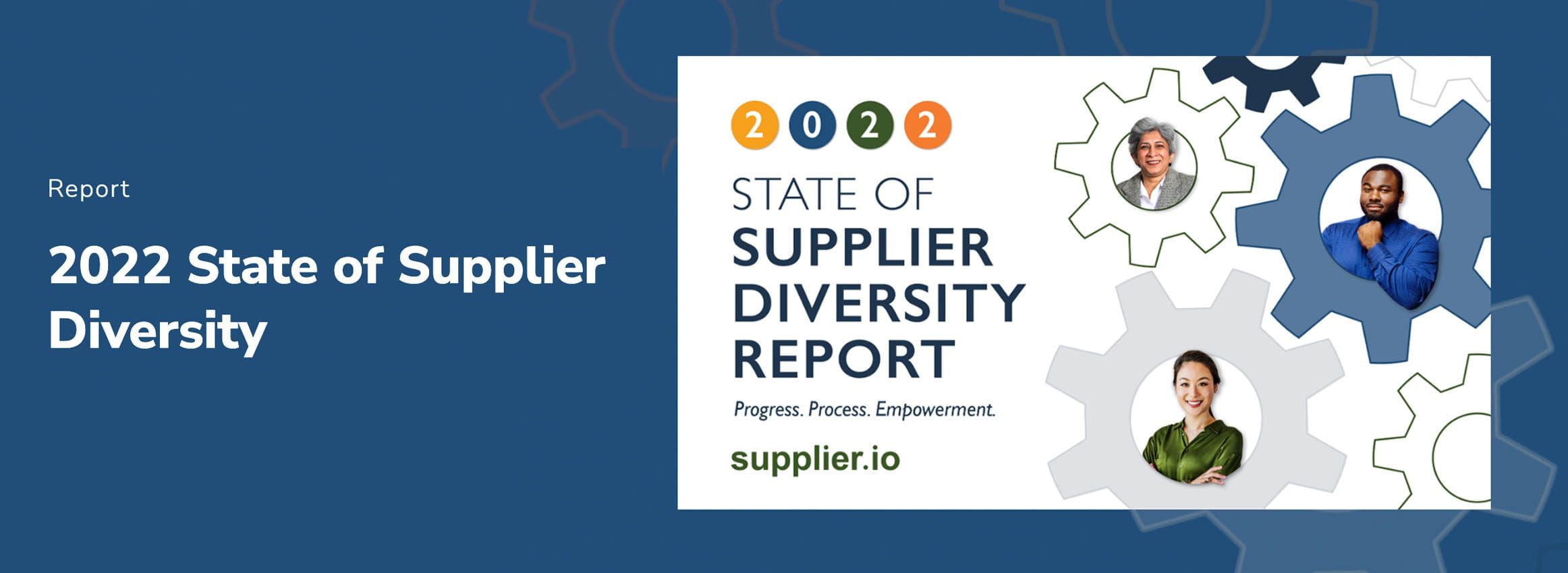Supplier.io recently released its fifth State of Supplier Diversity Report. This report is the continuation of an initiative that extends back to 2017 and reflects the growth and maturity of supplier diversity programs as well as the impact of overarching trends in the economy, geopolitics, and society.
General Trends in Supplier Diversity
The 2022 State of Supplier Diversity Report saw the highest level of participation to date, with over 200 companies of different sizes and industries sharing their current status, best practices, operational challenges, and vision for the future.
The programs that participated in this year’s survey include new supplier diversity programs as well as mature ones, with 34% of the 2022 respondents reporting that their programs have been in place for over ten years. In 2017, this group was only 4% of the total. This significant increase demonstrates a lasting level of corporate commitment to supplier diversity and the long-term business value generated because of that commitment.
While the creation of new supplier diversity programs slowed from the peak reported last year, the 21% of programs that are less than one year old in 2022 still represent a higher level of new program formation than any other year tracked by the report.
The scope of the survey was deliberately broad and included questions on business case, leadership commitment, program infrastructure, and policy and progress. External factors such as output measurement, marketing communications, and advocacy and engagement were addressed, as was supplier development.
Just shy of half (45%) of the respondents represent formally established programs, while 19% track diverse supplier spend without the support of a formal program and 12% are in the earliest stages of program implementation.
Another positive sign for the strength of the supplier diversity movement is the increase in companies taking a global approach. In 2022, global supplier diversity programs make up 13.2% of respondents, compared to 8% just one year ago.
Key Report Data Points
In a discipline evolving as rapidly as supplier diversity, it is critical to allow the data to speak for itself, rather than looking for ways to validate preconceived notions or make specific points.
Three key data points in this year’s report underpin all the other findings. They are the focus of the executive summary and receive thorough interpretation and detailed quantitative backing throughout the report:
- 81% of respondents indicated alignment with corporate culture and workforce inclusiveness is a primary driver of their supplier diversity program. This represents a substantial shift from the compliance-related drivers we have observed in the past.
- 39% of companies surveyed include diversity metrics in management’s performance objectives. Leadership engagement is very high, but accountability is low and represents an important topic for further consideration.
- 59% of respondents indicated securing adequate staffing and budget is “somewhat to extremely challenging” in their organization.
To access the entire report please click here. This report is an excellent resource to start the right conversations across your organization needed to take your supplier diversity program to the next level.



